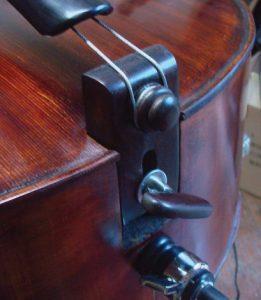The Paris National Opera Orchestra principal bassist discusses how smaller musicians can avoid injury when playing this large instrument

The following article is published as part of a larger Technique feature on playing the double bass with small hands by bassist Thierry Barbé in The Strad’s May 2017 issue, out now – download on desktop computer or through The Strad App.
On all stringed instruments, but particularly the double bass, our athletic abilities depend on our hands: our finger length and thickness, the width of the fist and wrist, and also the length of our arms. Many of the best bassists in the world have big hands, which helps them to practise intensely for up to five or even eight hours a day. They may not always think about how to help students who have little hands, and instead they teach as they would play. It is rare for professors to treat students differently according to their hand size, but this is something that should change.
Instrument set-up
One of the most important elements of double bass playing is instrument tension. Often when I sit on competition juries I see viola and double bass students who suffer because there is too much tension in their strings, and it’s such a pity.
To reduce string tension, I recommend using a raised tailpiece nut, with a high soundpost to create more tension within the instrument itself (see below).

Many luthiers prefer to have a low soundpost, to avoid causing too much tension inside the instrument; instead they create tension on the outside by using an angled tailpiece. But for bass players – especially those with little hands – higher tension inside and reduced tension outside help them to play faster and more easily.
To read Thierry Barbé's full article on playing the double bass with small hands, including BOW AND GRIP and EXERCISES AND REPERTOIRE download The Strad’s May 2017 issue on desktop computer or through The Strad App.








































No comments yet